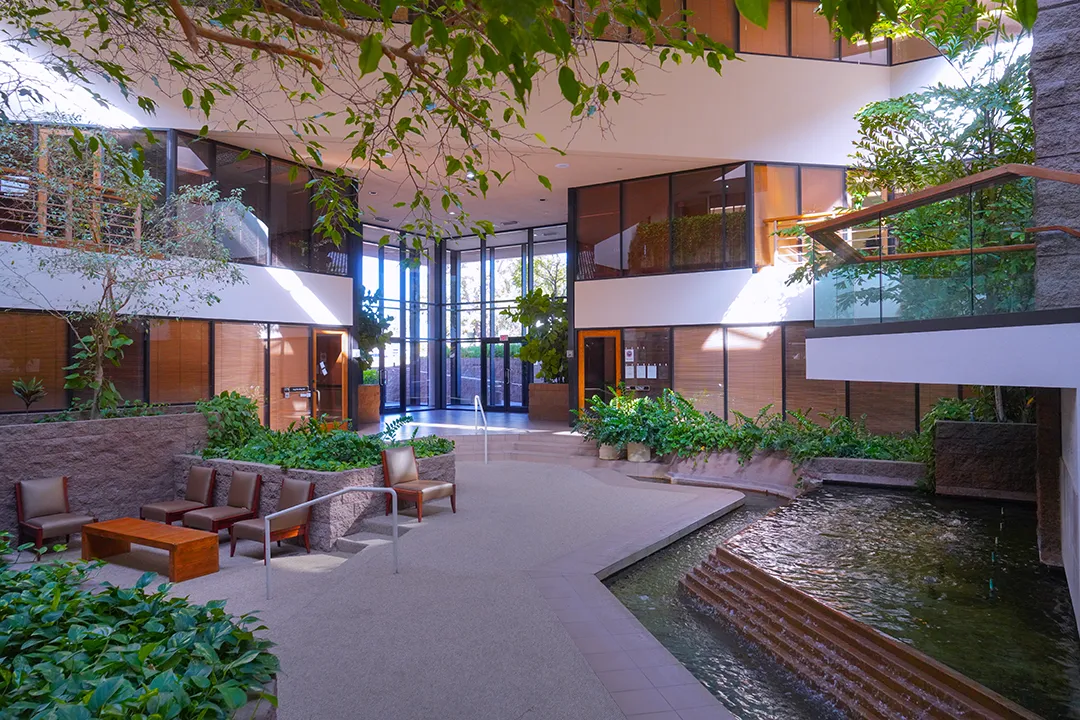
That Jaw-Dropping Feeling: An Introduction to Awe
Think about a moment that simply stopped you in your tracks – the view from a mountaintop, the complexity of a spiderweb, the immensity of the ocean. This feeling, known as awe, does more than just impress us; studies show it can boost our mood, health, and even our pro-social behavior. What if we could harness this power within the places we live and work? The emerging focus on awe in biophilic design explores exactly that: how incorporating specific nature-inspired patterns and strategies can transform ordinary built environments into spaces that evoke profound wonder and connection.
The 15th Pattern: Exploring Awe in Biophilic Design
Recently, internationally acclaimed environmental consulting firm Terrapin Bright Green added awe to the list of reported patterns of biophilic design that detail the relationship between nature and people. The company also explains how we can benefit from experiencing awe, and how its pattern can be incorporated into the built world around us. Studies have found that individuals experiencing awe feel a positive increase in mood, satisfaction and health, while giving a boost to critical thinking. These individuals also express a sense of feeling humbled, exhibit more pro-social behavior and feel more charitable after having an awe experience.
Ready to bring awe-inspiring design to your space?
Contact Plant Solutions today to discuss your project.

Achieving Awe in Biophilic Design
As a company, Plant Solutions has studied and incorporated the patterns of biophilic design in our work for over four decades. Using these concepts as a baseline, our work creates distinctive indoor landscapes that replicate a natural system indoors to foster feelings of wellness through connection to the natural world. There are three primary concepts in using biophilic design:
- Nature in the space, which refers to the addition of natural elements into built environments.
- Natural analogues, which touches on man-made elements that mimic the natural world.
- Nature of the space, which dives into the physiological response to the planning and architectural design of a space.
In biophilia, awe relates to the nature of the space in question. It can defy an existing frame of reference and cause a change in the perception of the environment. Plant Solutions’ interior landscapes aim to engage the senses and inspire connectivity to nature in the built environment through the use of biomorphic patterns, bright colors, and natural materials. Our design services include home and office horticultural services, plant rentals and our own signature MossWallArt™ installations.
Contact Plant Solutions to begin designing your awe-inspiring space.
